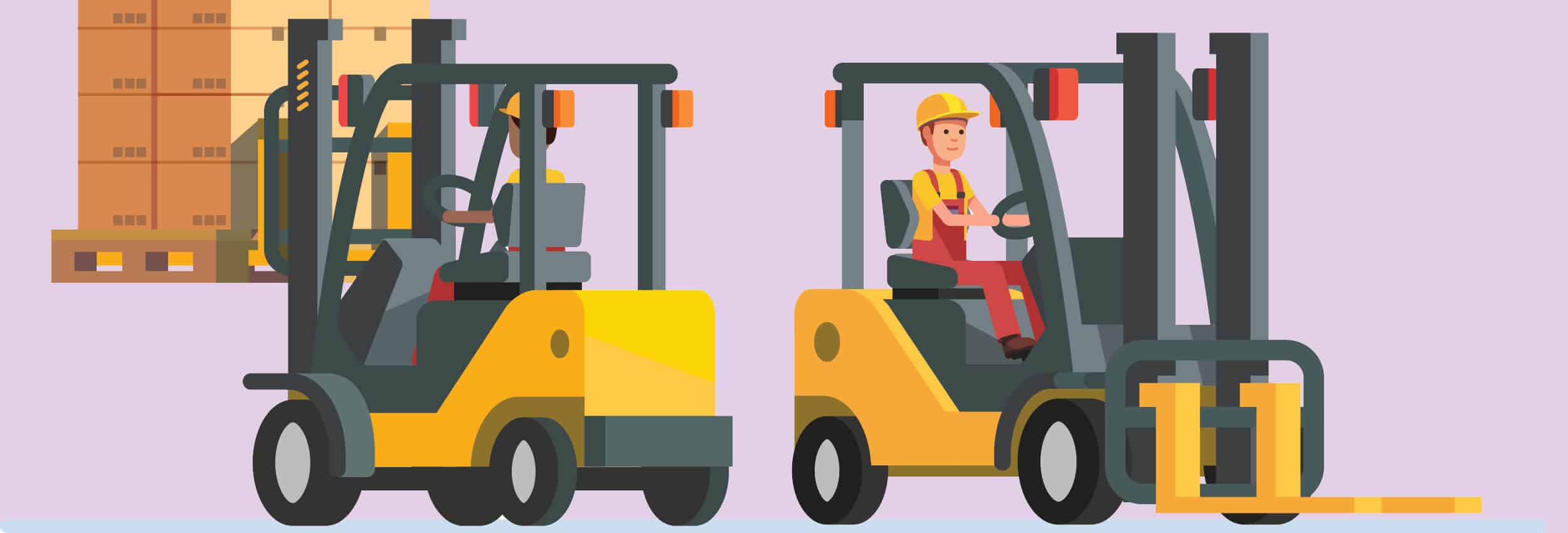Wonolo
In a recent survey conducted by Motorola Solutions, it was found that only 26% of company managers view warehouses and distribution centers as an asset which can drive growth for their business. Once you take a closer look, it’s one of those telling statistics that reveals an awful lot about the current state of the warehousing field. Ostensibly, a bulk of today’s company managers view warehouses and distribution centers as being necessary evils; they need to be operating in order for their goods to be received and/or fulfilled, but they are the very money-sucking structures that can stop innovation in its tracks.

That being said, there is something that the 26% of company managers surveyed do know about warehouse management, and it’s cost reduction. No matter how impossible it may seem, there are a host of ways businesses can bring down their operational costs, while at the same, leveraging all remaining, and ultimately, necessary, assets and processes. Let’s take a look at the top 5 ways warehouse management working within a range of industries can reduce costs to support a more stable future:
1. Reassess your lighting options as well as the number on your thermostat
Without compromising a facility’s existing infrastructure, one of the simplest ways to reduce operational costs is to take a closer look at your overall energy consumption. For instance, your warehouse may be filled with energy-sucking light bulbs that have been on automatic order for years; a negligent error that could be costing your facility thousands per year. To remedy this, simply swap out your bulbs for energy efficient options wherever possible. Energy.gov provides a great breakdown here.
Additionally, take the time to reevaluate your warehouse’s climate control plan. Of course, many facilities require a tight zone of control due to hygiene and processing considerations – but many don’t. Take a closer look at your requirements and make sensible changes. Not only will it positively impact your business’ finances, your green decision will also be good for Mother Earth.
2. Optimize your storage space
If you’ve so much as dabbled in the field of warehousing, then you know that there is a myriad of storage options available. While the initial investments required to put into these systems might seem rather high, they are built to save square-footage, a powerful factor that could come with a cost-saving facility downsize, or even the ability to take on more inventory.
Be sure to invest in a storage system that takes advantage of vertical space, and always be up front about your overall design and budget with your supplier. This transparency will ensure that all parties have a crystal clear understanding of goals so that you can best maximize your given space.
3. Invest in automated picking technologies
If you’re an operation that either has a large stock of inventory or a wide range of SKUs, it might be time to invest in an automated picking technology to support the work of your picking associates. Though the initial investment can be a steep one depending upon the level of technology selected, many collaborative machines are built to speed up picking processes by 100-200%.
This is a particularly powerful number for those operations that have become financially burdened by human error, or are simply interested in integrating long-term picking technologies that don’t require any change to physical infrastructure. Either way, automated picking is a surefire way to increase productivity, which can mean a good amount of extra cash in the long run.
4. Purchase pre-owned whenever possible
You can likely identify the value of investing in a pre-owned car, home, or gadget, so why insist on purchasing only the newest and latest tools for your warehouse? In an article for Industry Today, we learn that purchasing used items, such as containers, can save an operation up to 40% on its usual costs.
It’s important to note that this tried and true money-saving hack includes a myriad of high-quality used containers, such as “pallet containers, metal bins, wire baskets, food trays, IBC totes, Gaylord boxes, drums, and more.” The author is also quick to point out that trusted vendors ensure that all used containers are in great condition, and are even safe for food grade uses. A green and much more prudent choice for nearly all warehouses.
5. Implement tools that provide reporting in real time
Operations that are still utilizing low-tech data management tools such as pen and paper or spreadsheet-based methods are sorely behind the times in today’s bustling market. Luckily, warehouse management systems, better known as WMSs, are easy-to-integrate solutions that are built to save warehouses time and money. This is achieved via automated data collection, remote access, and on-demand reporting to support the most strategic inventory-based decisions possible.
Just because warehouses come with a fair amount of overhead doesn’t mean that there aren’t costs to be cut. Take a close look at all of your expenses, and do your best to consolidate, modernize, and plan for the future. Remember, small changes can lead to big financial successes!





